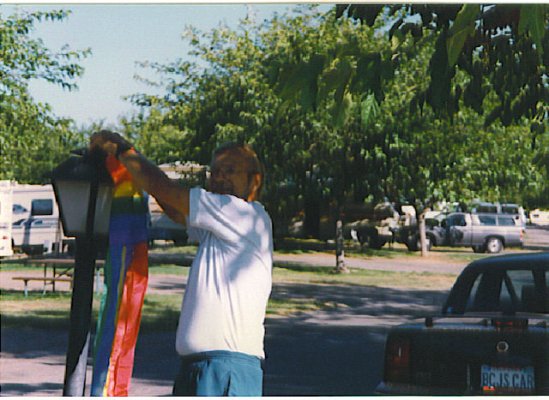jymbee
Well-known member
Browsing through the "History of the RV Forum" link and noted the references below:
Wow-- anyone else here remember those old Compuserve/TapCIS DOS days where text positively FLEW by one's CRT monitor as fast as your 28.8 (or if you're lucky, a blazing 56k) modem could download it??
I can remember actually PAYING $$$ for a version of Netscape!
Damn, I'm OLD... :
The RV Forum was formed on Compuserve, also known as the Compuserve Information Service...
...
A major breakthrough came about with the creation of the first "Offline reader" (OLR) software, known as TapCIS.
Wow-- anyone else here remember those old Compuserve/TapCIS DOS days where text positively FLEW by one's CRT monitor as fast as your 28.8 (or if you're lucky, a blazing 56k) modem could download it??
I can remember actually PAYING $$$ for a version of Netscape!
Damn, I'm OLD... :

